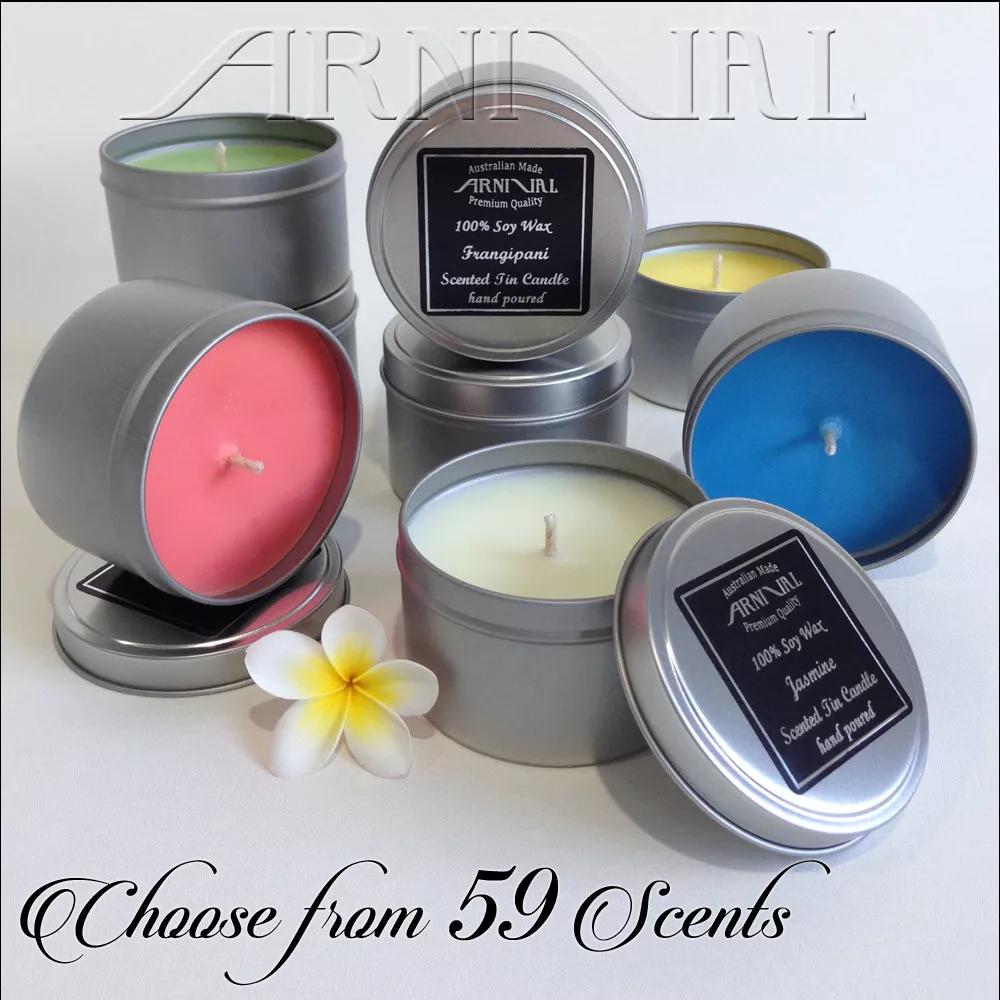Improve Your Living Space with Elegant Soy Candles and Home Fragrance
Wiki Article
From Wick to Wax: Comprehending the Chemistry Behind Soy Wax Candles and Their Environmental Impact
As we brighten our rooms with the warm glow of candles, there lies a world of elaborate chemistry behind the relatively simple act of lighting a soy wax candle. The choice between soy and paraffin wax expands past simple aesthetic appeals, delving into the world of ecological influence and the really structure of the materials. Understanding the molecular structure of soy wax and its burning process clarifies the discharges launched right into our surroundings. Join us as we unwind the clinical ins and outs behind soy wax candles and discover their implications on our atmosphere.Soy Wax Vs. Paraffin Wax
When contrasting soy wax and paraffin wax for candle production, it is necessary to comprehend the distinctive characteristics and benefits of each material. Soy wax is an all-natural, renewable energy originated from soybean oil, making it eco-friendly and biodegradable - soy candles. In contrast, paraffin wax is a by-product of oil refining, which elevates concerns about its ecological impact and sustainabilitySoy wax candles burn cleaner and send out less residue compared to paraffin wax candles, making them a healthier selection for indoor air quality. Additionally, soy wax has a lower melting factor, permitting a longer-lasting candle that spreads scent much more properly. Paraffin wax, on the various other hand, has a tendency to shed faster and much less cleanly, potentially launching unsafe chemicals right into the air.
From a sustainability viewpoint, soy wax is preferred for its biodegradability and sustainable sourcing, aligning with the expanding consumer preference for environmentally conscious items. While paraffin wax has actually been a traditional selection in candle light making due to its cost and simplicity of use, the shift in the direction of environment-friendly options like soy wax is getting momentum in the market.
Chemical Composition of Soy Wax

Burning Process in Soy Candles
The chemical composition of soy wax straight influences the combustion procedure in soy candles, impacting elements such as melt time, scent launch, and ecological effect. When a soy candle is lit, the warm from the fire melts the wax near the wick. This fluid wax is after that formulated the wick due to capillary activity. As the liquid wax reaches the fire, it goes through and vaporizes burning. a knockout post The burning process entails the vaporized hydrocarbons in the wax responding with oxygen in the air to generate heat, light, water vapor, and co2.
The burning efficiency of soy candles is influenced by the pureness of the soy wax and the quality of the wick. A clean-burning soy candle with an appropriately sized wick will certainly generate a consistent fire and reduce soot development. This not just prolongs the melt time of the candle however also boosts the launch of scents. Furthermore, soy wax candle lights have a lower ecological impact compared to paraffin candle lights due to their eco-friendly and sustainable nature.

Ecological Advantages of Soy Wax

Thought about a lasting option to standard paraffin wax, soy wax provides remarkable environmental advantages that make it a popular choice amongst eco-conscious consumers. Soy wax burns cleaner and creates much less residue than paraffin wax, adding to much better interior air top quality and decreasing the demand for cleansing and maintenance. On the whole, the environmental benefits of soy wax line up with the expanding need for environmentally friendly and sustainable items in the market.
Recycling and Disposal Factors To Consider
Recycling and Website proper disposal of soy wax candle lights play a vital role in preserving ecological sustainability and decreasing waste in neighborhoods and homes. When it comes to recycling soy wax candle lights, the initial action is to ensure that the candle has burned totally.
In terms of disposal, if recycling is not an alternative, soy wax candle lights are naturally degradable and can be securely disposed of in most home waste systems. It is always suggested to examine with regional recycling centers or waste administration services for specific guidelines on candle disposal to guarantee appropriate handling and environmental protection.
Conclusion
In verdict, the chemistry behind soy wax candle lights discloses their environmental advantages over paraffin wax candle lights. Soy wax, obtained from soybean oil, burns cleaner and produces less soot when compared to paraffin wax.When contrasting soy wax and paraffin wax for candle light production, it is crucial to understand the distinct characteristics and advantages of each material (soy wax candles).Soy wax candles shed cleaner and produce much less residue compared to paraffin wax candles, making them a much healthier option for indoor air top quality.Taken into consideration a lasting alternative to typical paraffin wax, soy wax uses significant ecological benefits that make it a preferred choice amongst eco-conscious customers. Soy wax burns cleaner and produces less soot than paraffin wax, contributing to better interior air top quality and minimizing the demand for cleaning and maintenance.In verdict, the chemistry behind soy wax candles discloses their environmental advantages over paraffin wax candle lights
Report this wiki page